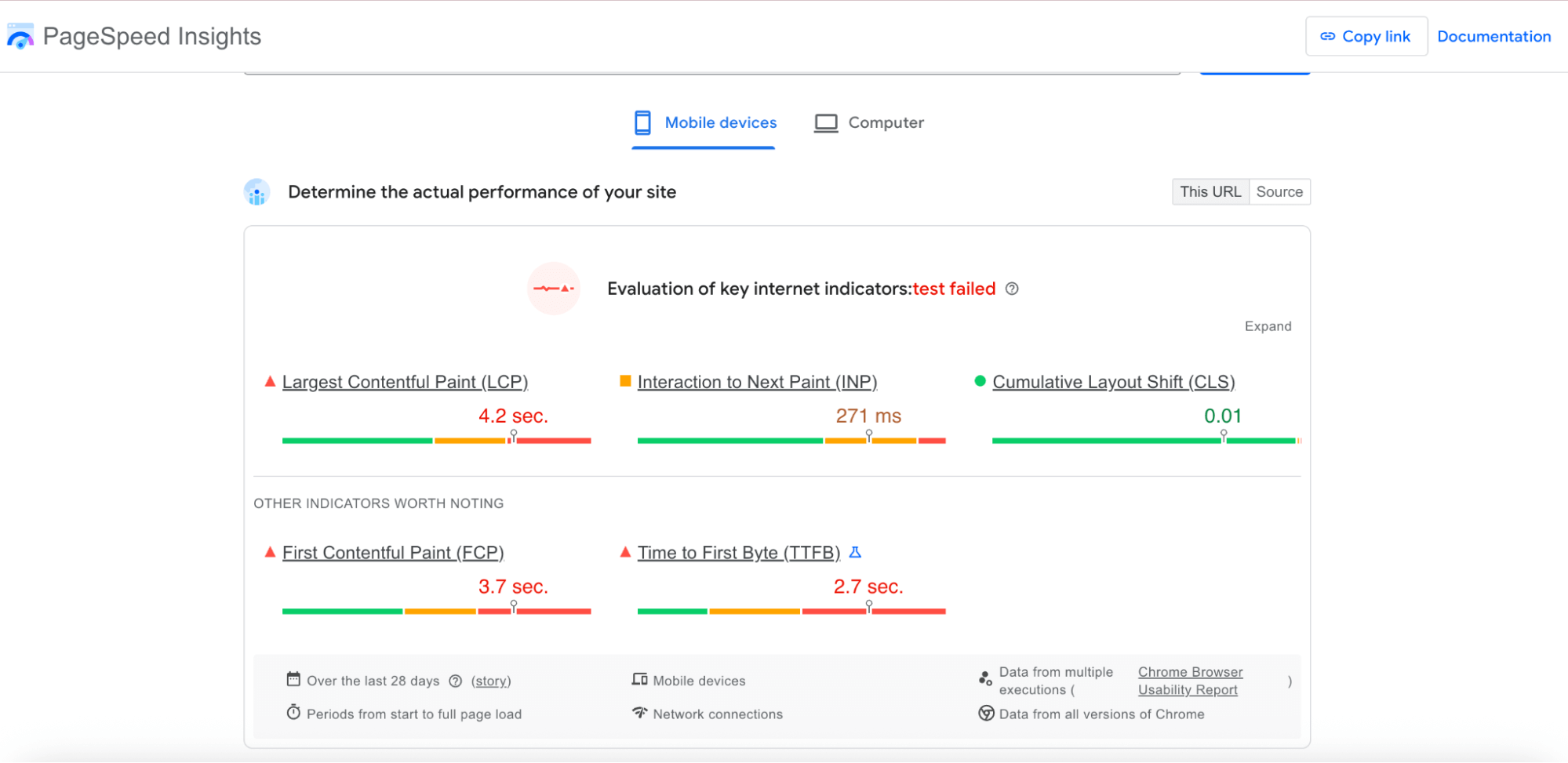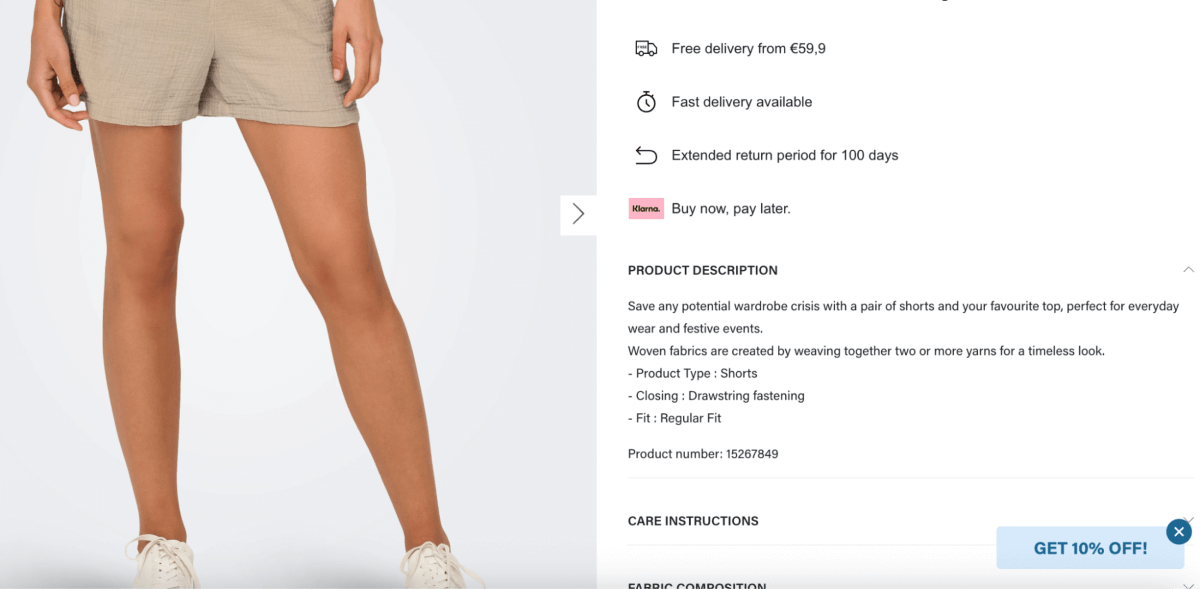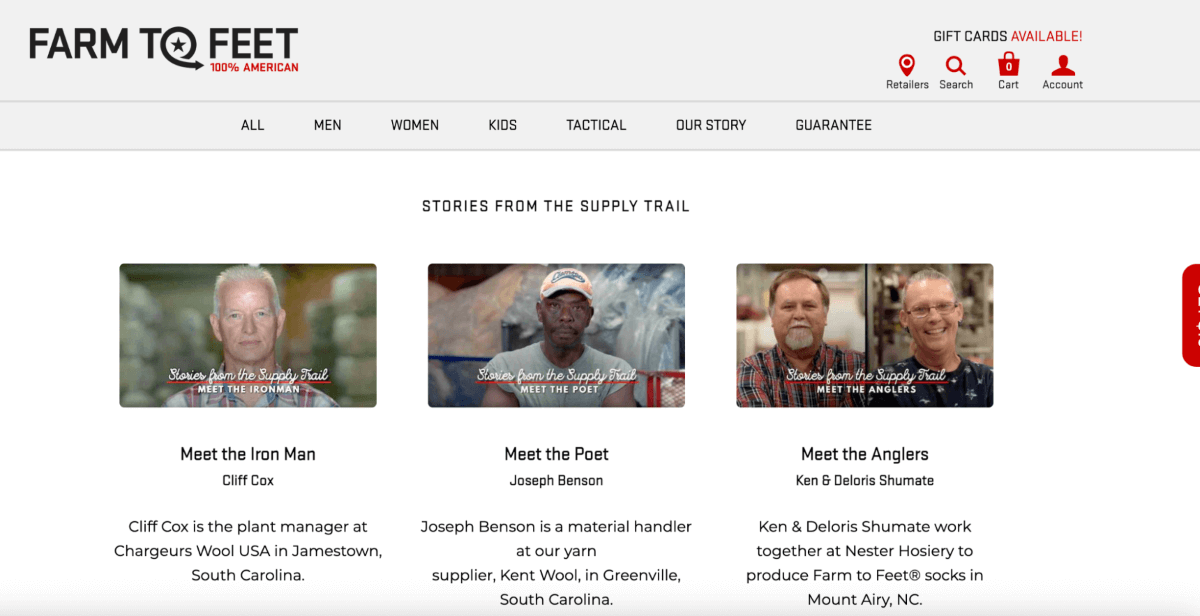Ecommerce SEO: What It Really Means and How to Make It Work for Your Site

If you have an ecommerce website, you’ve probably noticed how tough it is to stand out. You spend time setting up your products, taking photos, maybe even writing some descriptions. But when you type your main keywords into Google, your site is nowhere to be found. Frustrating, right?
Here’s the thing — building a good ecommerce website is just part of the job. Getting people to find it in search engines? That’s a whole different challenge. It’s where ecommerce SEO comes in.
And no, it’s not just about stuffing keywords or hoping Google picks you up. It’s about understanding how search engines see your site and making sure you meet their expectations.
So, what exactly is SEO for ecommerce? How is it different from regular SEO? And what can you actually do about it? Let’s break it down in plain terms, no jargon, no fluff.
What is Ecommerce SEO Anyway?
You hear the term “SEO” thrown around like it’s some magic bullet. But ecommerce SEO is more specific. It’s the process of optimizing your online store so it appears in search results when people are ready to buy.
It’s not enough just to show up for “wallet” or “shoes.” The goal is to appear when someone searches “best leather wallet for men” or “running shoes size 10 cheap.” You want to meet people exactly where they are in their buying journey.
And here’s something to keep in mind: SEO for an ecommerce site isn’t just about keywords.
It’s about how your entire site works — from product pages to navigation, site speed, mobile usability, and more.
Why ecommerce SEO is different from SEO for other sites?
If you’ve done SEO for a blog or a news site, you might think you can just apply the same tricks to your store. But ecommerce sites are a different beast.
For starters, ecommerce sites usually have hundreds or thousands of product pages. Many of these pages look very similar — same product type, different colors or sizes. That can confuse search engines. Plus, you have filters and sorting options that create tons of URLs with similar content.
Unlike a blog where you can focus on in-depth articles, SEO for an ecommerce website needs to focus heavily on site structure and technical details. It’s about making sure Google understands which pages are important and which are just variations.
What does Google want from ecommerce sites?
If you want to get technical, Google’s main goal is to provide users with the best, most relevant results — fast and without hassle.
So, what does that mean for your ecommerce website?
- Crawlability: Google has to be able to find and understand your pages easily. If your site’s navigation is a mess, Google might miss important pages or waste time crawling duplicate content. Just look at how it’s done at Walmart’s site: all the good categories are conveniently available on the top, each under a separate tab plus there are seasonal collections on the main page:

- Speed: Nobody likes slow pages, and Google knows that. If your site takes too long to load, you’ll lose rankings. To check the site’s speed, use one of the free tools like Page Speed Insights:

- Mobile friendliness: Most people shop on their phones these days. If your site isn’t mobile-optimized, you’re losing both visitors and SEO points even if you have a native app.
- Clear content: Google wants to see unique, helpful content. That means your product descriptions shouldn’t be just copied from manufacturers. Just look at how they do it at Only.com:

- Secure connection: Sites using HTTPS get a small boost and, frankly, customers expect it.
All these things add up. The better your site performs on these factors, the better chance you have at ranking well.
So, to sum it up: a quick ecommerce SEO audit checklist:
- Use Google Search Console: It’s free and shows you crawl errors, which pages Google can’t find, and what keywords you rank for.
- Run Screaming Frog (free version): This tool scans your site and shows broken links, duplicate titles, missing meta descriptions, and more.
- Check site speed: Google’s PageSpeed Insights tells you how fast your site loads on desktop and mobile and offers suggestions.
- Look for duplicate content: If you see many pages with the same or very similar text, that’s a red flag.
- Check mobile usability: Google Search Console flags mobile issues, or you can simply browse your site on your phone.
Start with these. Fixing even a few of these problems can make a difference.
The Product Page Problem — Why Most of Them Fail SEO
If you’re honest, many product pages you see online are pretty boring. The same short description, copied straight from the supplier, maybe a few specs, and a price. Sometimes no reviews, and no real effort is made tell the customer why this product matters.
That’s the quick way to stay invisible in Google.
You want to give people a reason to choose you, right? So your product pages should tell a story. Not a long essay, just enough useful info that’s unique. Think about answering questions your customers might have. What’s the material? Why does it matter? How is this better than a similar product?
And yes, your page title and meta description should include keywords — but naturally. Nobody wants to read “Buy Cheap Red Cotton T-Shirt Size M Online.” It should sound like a real phrase a person might use. Here is, for example, how it looks for Mango’s dress selection:

Also, don’t forget internal linking. Link related products, or your main category pages. It helps visitors and search engines find their way around. You’ve definitely seen this ‘You might also like’:

A screenshot from Asos.com
Categories and filters — sneaky SEO traps you might not notice
Many ecommerce sites rely heavily on filters: color, size, price range, brand. These are great for shoppers but a nightmare for SEO if not handled carefully.
Why? Because each filter can create a new URL with almost the same content, which search engines see as duplicate pages. If Google crawls hundreds of filter combinations, it wastes time and may penalize you.
Here’s the trick: decide which URLs should be indexed and which should be blocked (using robots.txt or noindex tags). For example, your main category pages should be indexed, but filtered URLs usually are not.
Some ecommerce platforms have built-in solutions, but it’s worth double-checking or talking to a developer.
What about blog content? Do Ecommerce Sites Really Need a Blog?
You might have heard that blogging is a must for SEO. Well, yes and no.
If your site sells very specific products, blog content can bring in buyers who aren’t ready to buy yet but are looking for advice. For example, if you sell camping gear, a blog post titled “How to Choose the Right Tent for Rainy Weather” can attract search traffic.
But if your store is very niche or your products don’t have much to explain, spending too much time on a blog can be a distraction. However, it also depends on your approach: for example, Farm to Feet, the American merino socks manufacturer, posts stories from the supply chain workers – managers, material handlers, etc.:

When you do blog, focus on real questions your customers have. Size guides, product comparisons, or how-tos usually work well.
Backlinks and Trust — Why No One Links to Product Pages
You know backlinks are important for SEO. But getting other sites to link to your product pages is tough. It’s just not natural.
People prefer linking to helpful guides, reviews, or interesting stories — not a product to buy.
So, your ecommerce SEO best practices should include building content outside product pages. Maybe a guide, a comparison, or a useful tool that others want to share.
Also, don’t underestimate reviews and social proof. They don’t just convince buyers, but also show search engines that your site is trustworthy.
Don’t Forget Local Ecommerce SEO If You Have a Physical Presence
If you also sell in a physical store or offer local pickup, local SEO is worth your time.
Make sure your Google Business Profile is set up and accurate. Add your address, phone, and hours.
Use schema markup on your product pages to show local availability or pickup options. This can help you stand out in local search results.
Even if you only ship, sometimes local SEO helps if people search with local intent, like “best shoe store near me.”
What to Measure — And What You Can Safely Ignore
SEO can feel like a game of endless numbers. But not all data matters.
Don’t get stuck chasing your ranking for every tiny keyword or obsessing over traffic spikes.
Focus on metrics that show real results:
- Are more people finding your product pages in Google?
- Are those visitors staying longer or bouncing right away?
- Are visitors actually buying or adding items to the cart?
Tools like Google Analytics 4 and Google Search Console are great for this. Setting up a dashboard with Looker Studio (formerly Data Studio) can help you see everything in one place.
So, What Now?
You might feel overwhelmed. Ecommerce website SEO sounds technical and complicated. But here’s the reality — even small improvements add up.
Fix a few technical errors, write better product descriptions, clean up your categories, and watch your traffic slowly climb. SEO for an ecommerce site is a long game. Results don’t happen overnight, but steady work pays off.
If you’ve read this far, you’re already ahead of many store owners who ignore SEO completely. So maybe today’s the day to start your own ecommerce SEO audit.
Final Words
Building a successful ecommerce website is more than listing products. You have to make sure people find those products when they search.
SEO ecommerce isn’t a magic trick, but it’s essential. Getting your site right helps customers find you, and that means sales.
You don’t need to be an expert, but you do need to pay attention. That’s the difference between being invisible and getting noticed.





